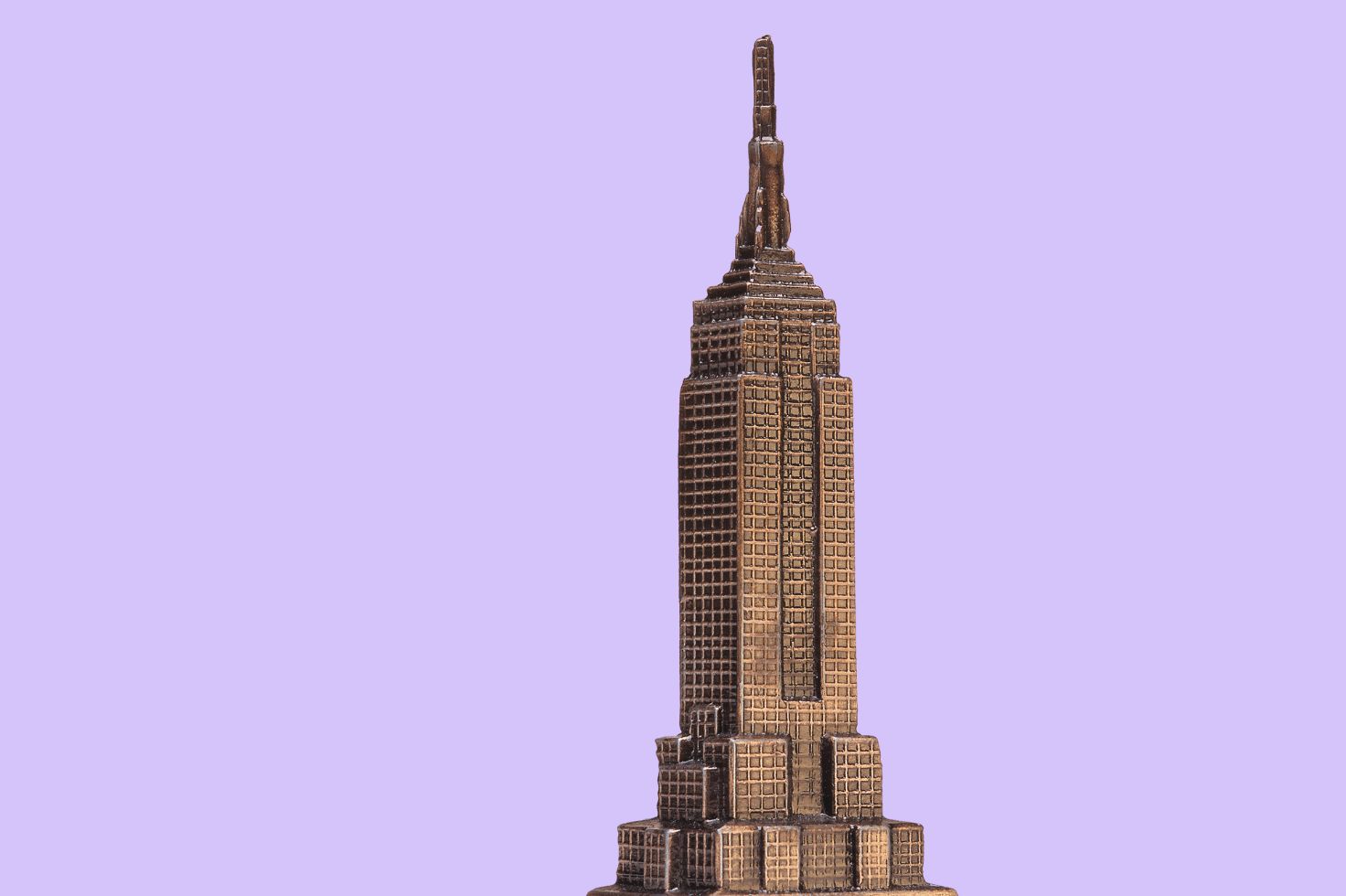Throughout history, Times Square has been a hub of both residential and commercial activity with its evolution involving famous buildings, inspiring businesses, and even the once seedy underground of New York City.
Times Square sits in Midtown Manhattan; it’s a timeless tourist stop and an exciting opportunity for advertisers from around the world. This square sits neatly where Seventh Avenue, 42nd Street, and Broadway converge.
The square was named after The New York Times, which called the intersection home for many years in the 20th century. While the Square’s namesake has long since moved to a new location, the tower still stands as a focal point.
Two statues also remain in the area, giving new visitors a peek into the history of the area. Father Duffy sits in the northern triangle of Times Square and across the way you can find another statue of George M. Cohan.
These aren’t the only statues to have graced the square either; in 1909, there was also a temporary statue called Purity (Defeat of Slander) by Leo Lentelli.
Today, Times Square acts as the center of the entertainment district – giving advertisers ample access to both locals and tourists, even if they aren’t interested in visiting the square itself. It remains famous for its New Year’s Eve parties, but more so for its bold and prominent billboards.
That begs the question, how did Times Square become such a hot spot for advertising? Where did all of these billboards come from?
What is and where is Times Square?
The history of Times Square is an interesting tale. The intersection of Seventh Avenue, 42nd Street, and Broadway was known as Long Acre Square, in the 19th century. In the early half of the century, it was a hub of commercial activity and was also home to a significant residential community.
But in the 1890s Long Acre Square earned a less-than-desirable reputation as a center of illicit activity. This wasn’t the last time that the intersection had a seedy reputation, either.
In 1904 the tides turned when the square was renamed after The New York Times when the famous newspaper relocated its offices to the new Times Tower on the square. The New York Times only stayed in the building for a decade, outgrowing its offices there by 1913, but their residence in the square was a turning point for industry and advertising.
New Yorkers began to use Times Square as a gathering palace for large celebrations, like New Year’s Eve, and 1907 marked the first ever dropping of the ball when the Times themselves lowered a huge glass ball into the square to ring in a new year.
This momentum continued and as the 20th century progressed several large and popular theaters were built, adorning the district with entertainment and an endless procession of tourists.
The area known today as Broadway was in full swing by the 1920s and quickly established itself as the most famous place to see theater in the entire United States, if not the world.
The evolution of Times Square
Times Square has remained a staple of New York’s entertainment district ever since, but it wasn’t without its difficulties.
During the Great Depression, a number of theaters on Broadway began to close, having a direct impact on the area. Some of these theaters did, however, find a way to pivot and were converted to movie theaters (called motion picture theaters at the time).
As the 1900s continued, this bad luck clung to the district, with many describing the once vibrant entertainment scene as tawdry. By the 60s and 70s, “adult entertainment” had found a home in Times Square. This brought back ill-repute businesses and a reputation for crime – driving businesses and advertisers out of the neighborhood.
This reputation was relatively short-lived, however, and by the 1990s Times Square experienced a full-blown resurgence.
Businesses and billboards flocked to the square, including the introduction of many family-friendly stores, like the M&M store, making it an ideal spot for tourists from around the world.
Digital out-of-home in Times Square
In Times Square, tenants have been legally obligated to display attention-grabbing signs since the late 20th century. As a result, the area remains a visually stimulating and constantly active environment with out-of-home (OOH) ads on every corner.
This requirement is almost wholly responsible for Times Square’s global image as a hub of advertising.
It is also the reason that with the advent of digital billboards, digital out-of-home (DOOH) began to thrive in the famous intersection.
Now, when visitors and passersby enter the square they are greeted by an onslaught of some of the best, and most expensive, digital advertisements in the world.
What is the future of Times Square?
Who’s to say for certain what Times Square’s future holds. Given its storied past, it can be assumed this landmark has many exciting, and bumpy, years ahead of it.
What is certain, though, is that today Times Square remains a pivotal hub for entertainment, tourism, and advertising. With some of the largest digital billboards in the world and record-breaking foot traffic, it is no wonder that this intersection is one of the most popular places for DOOH and is likely to remain that way for quite some time.
To see more from illumin, be sure to follow us on Twitter and LinkedIn where we share interesting news and insights from the worlds of ad tech and advertising.












